The MAX30100 sensor is used as both a heart rate monitor and a pulse oximeter. These features are enabled by the construction of this sensor which consists of two LEDs, a photodetector, optimized optics, and low noise signal processing components. It is easily used with microcontrollers such as Arduino, ESP32, NodeMCU, etc. to build an efficient heartbeat and oxygen saturation device.
Features:
The MAX30100 sensor module has an ultra low power operation, uses 600μA (measurement mode and 0.7μA(standby mode). Therefore a great choice to use in wearable devices such as smartwatches etc.
It has a high sample rate capability along with fast data output capability.
Additionally, the sensor features integrated ambient light cancellation as well.
One additional feature that the MAX30100 sensor module possesses is the inclusion of an on-chip temperature sensor. This gives us the die temperature (-40˚C to +85˚C) which is ± 1˚C accurate.
For communicating with microcontrollers, the sensor uses the I2C pins SCL and SDA.
Another feature of this sensor is that it uses a 16 sample FIFO buffer to store data. In other words, it further reduces power consumption as it already holds a maximum of sixteen heart rate and SPO2 values.
The MAX30100 can also be used with interrupts which can be enabled for several sources such as power ready, SPO2 data ready, heart rate data ready, temperature ready and FIFO almost full. With the generation of interrupts, the microcontroller can perform other events which do not happen during the sequential execution of a program while the sensor keeps obtaining new data samples.
The table below shows the specifications of this sensor:
Specifications:
Operating Voltage 1.8V to 3.3V
Input Current 20mA
Temperature Range -40˚C to +85˚C
Temperature Accuracy ±1˚C
ADC Resolution 14 bits
IR LED peak wavelength 870-900 nm
Red LED peak wavelength 650-670 nm
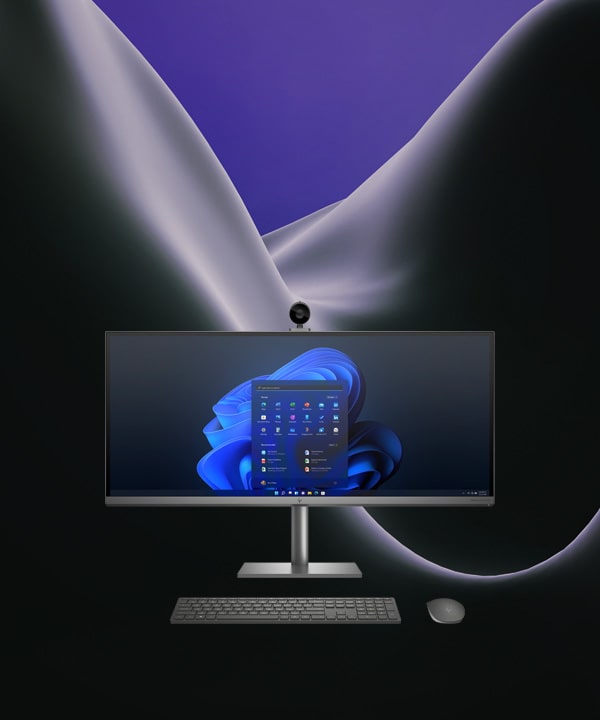


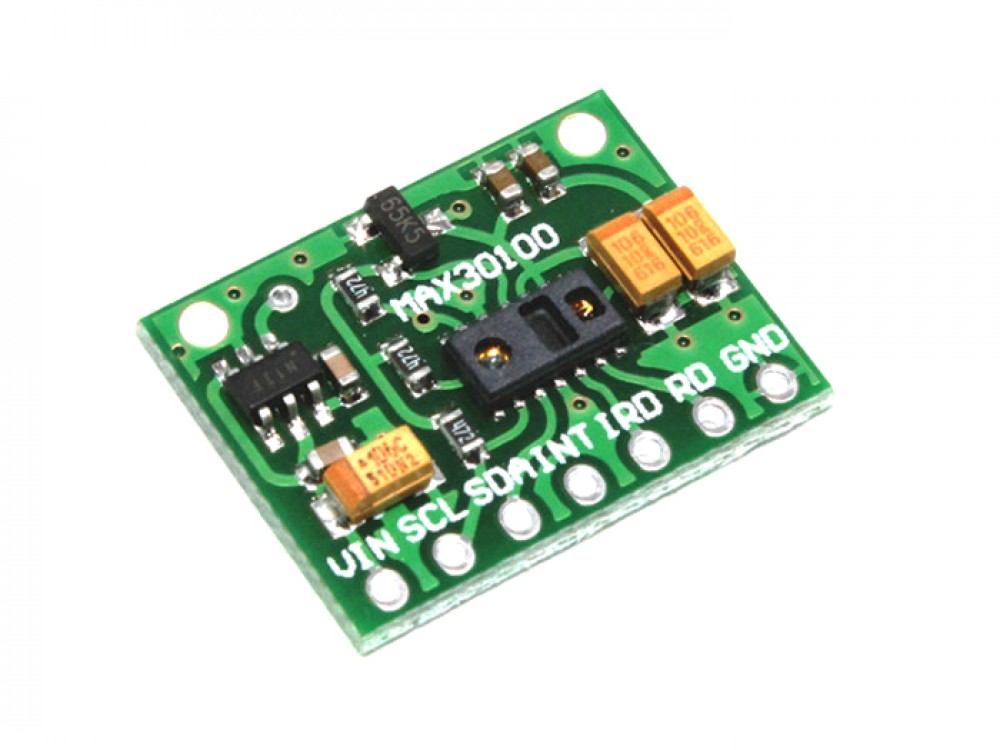
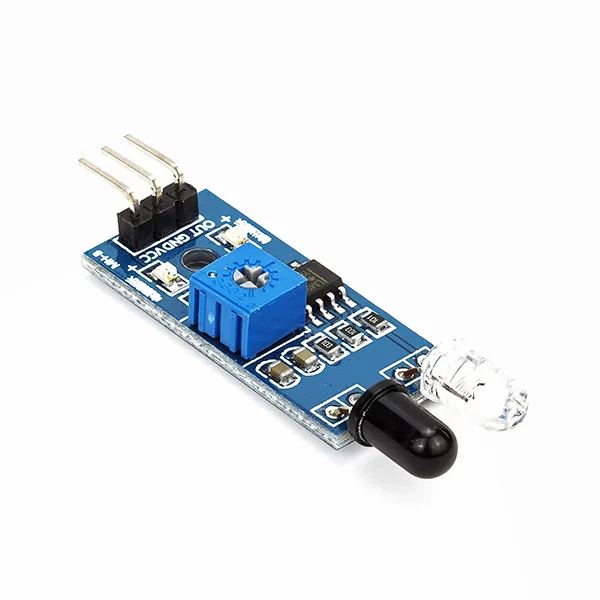
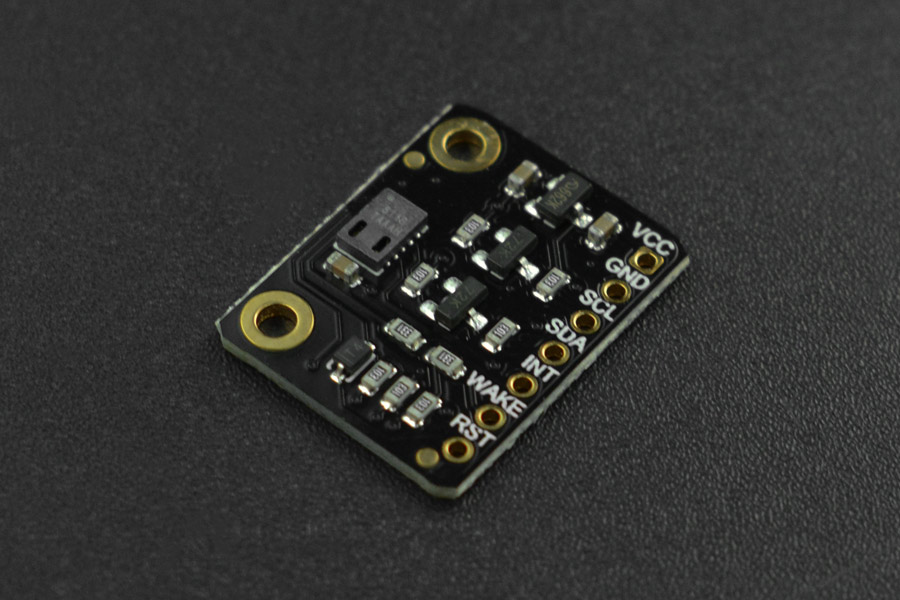
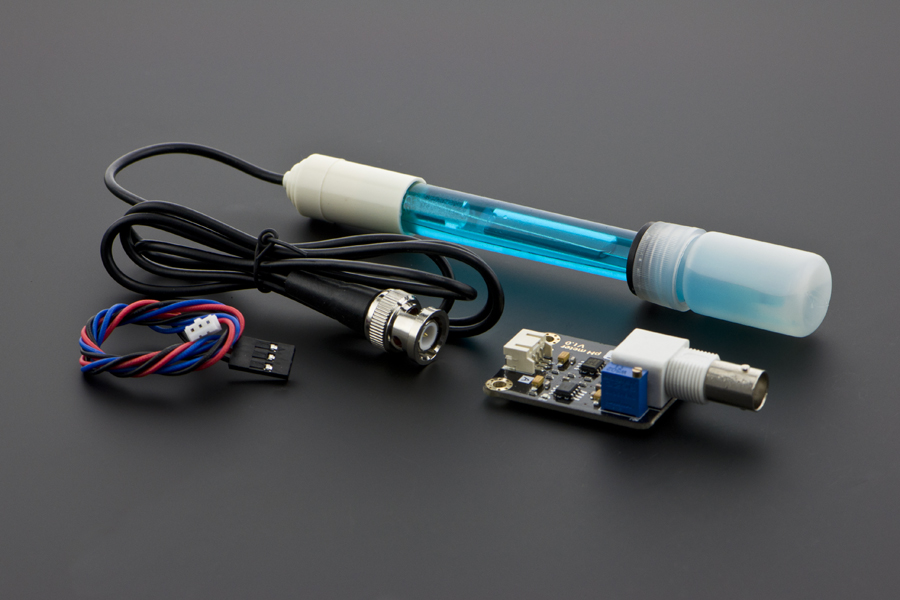
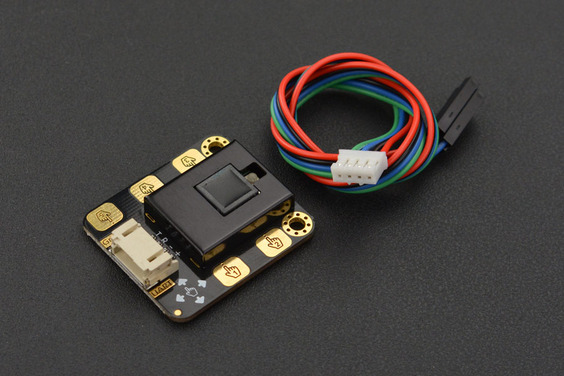

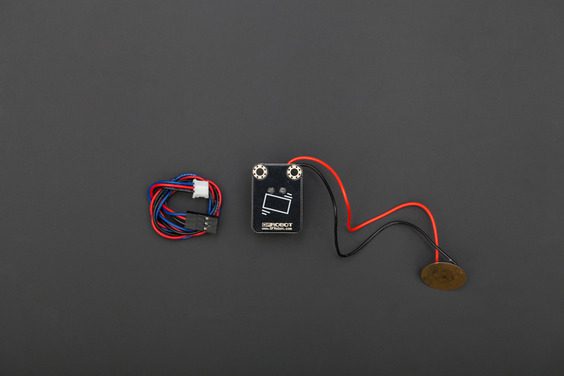
Reviews
Clear filtersThere are no reviews yet.